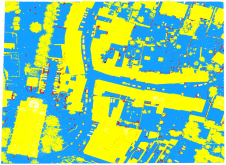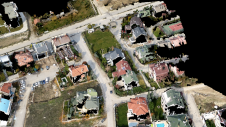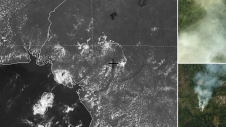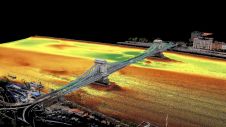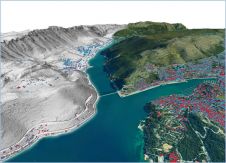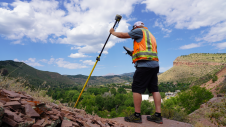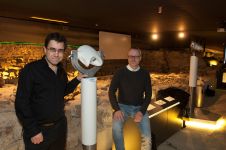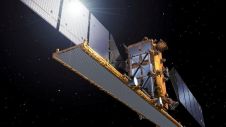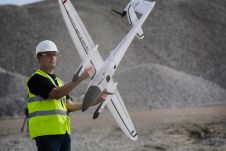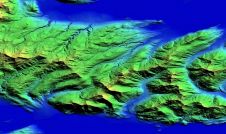With or Without You? – Analysis of a Galileo Outage
“On Tuesday, 18 July 2019, technical weather is forecast as I get into my car on my way to an important GNSS verification test. Yesterday I received a short e-mail from the local reseller, informing me that Galileo is off air. Should the verification go ahead or not?” In this new column for ‘GIM International’, Huibert-Jan Lekkerkerk reflects on the two main lessons he learned during the recent Galileo outage.
验证测试的一部分目的是通过使用其他供应商的相关PPP校正服务来验证制造商对接收器的主张。由于大多数接收器都与PPP校正服务供应商“绑在一起”,因此我们需要同时测试,即使客户端还没有(尚未)购买新的PPP校正信号。但是,这就是某些接收器的专有PPP信号和许可证的方式。如果您想切换PPP提供商,则必须购买新的GNSS接收器……(这是我的个人bugbears之一;我的公开标准化太长了,无法接受这种行为)。
Getting back to the point of this column: in this case the receiver/correction provider combination supports Galileo which, according to professional wisdom (or at least the EU’s PR department), should greatly enhance the achievable accuracies. That is why we needed to discuss the issue of Galileo not being available. But the information in the e-mail was news to me. Normally I’m not slow to pick up on any GNSS news; after all, I make a living out of knowing a lot about GNSS. However, this was the first I (and the client) had heard about the outage situation. Further investigation revealed it was in fact old news. By the time I received the e-mail on 17 July, the problem had already been going on for a whole six days.
当我到达验证网站(GNSS有限公司ntrol point somewhere in the middle of the Netherlands), the reseller informed me that according to both the Galileo organization and the PPP provider, Galileo should be usable again, but we might “experience service instability”. This quote is taken from the Notice Advisory to Galileo Users issued at 08:20 on 18 July (the advisory in which they declared the system was usable again).
Therefore, we decided to switch off Galileo completely for the test… and we found that the receiver made the grade without Galileo services giving us (after three hours of logging) an average and standard deviation in height of 2.7cm using the remaining GPS, Glonass and Beidou corrections. Could we have switched it back on and obtained better results? Who knows? All I can say is that it took until 22 July before Galileo control got the system back into a completely stable state.
So, what can we learn from this situation? Two things. First of all, that we don’t需要伽利略。它可能很有用,但是没有它,其他系统也做得很好。但是我学到的最重要的是,您的公关部门对您的运营产生巨大影响。我为什么这么说?好吧,第一个新闻稿的日期为7月14日,但没有任何主要新闻网站或“人群中的人群”(Novatel)网站上的一个小项目来接听。直到7月18日,这一消息才更加广泛地接收到,GSA宣布该系统再次可用(除了没有……!)。目前尚不清楚可能会遇到什么样的不稳定,但是该系统处于糟糕状态,持续了四天,没有任何人提出任何问题。当它再次完全运行时,没有任何头条新闻。四天,没人注意到或没有人关心……
感谢伽利略公关部门!
This is an opinion piece. The views expressed are not necessarily those of GIM International.
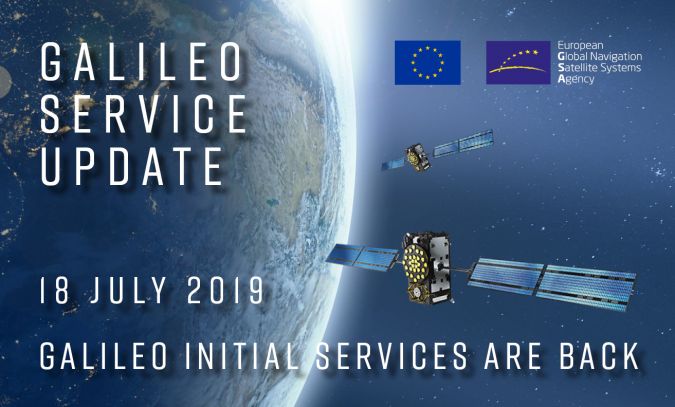
使您的收件箱更有趣。Add some geo.
Keep abreast of news, developments and technological advancement in the geomatics industry.
免费注册


